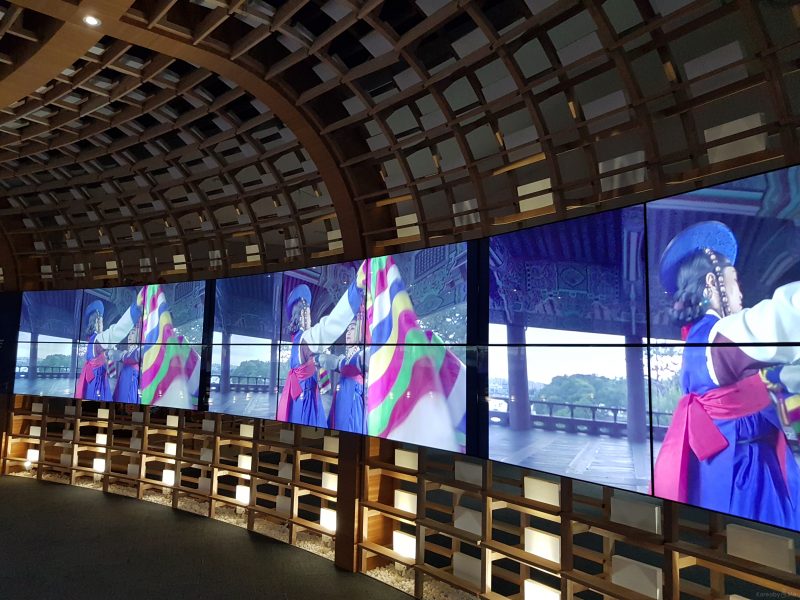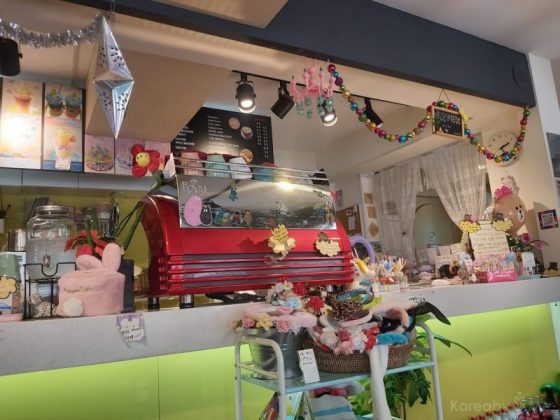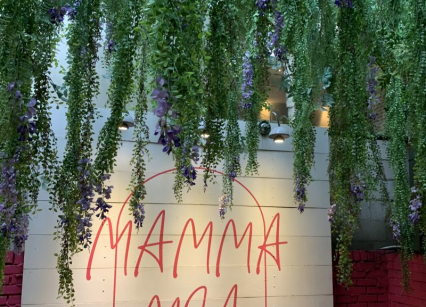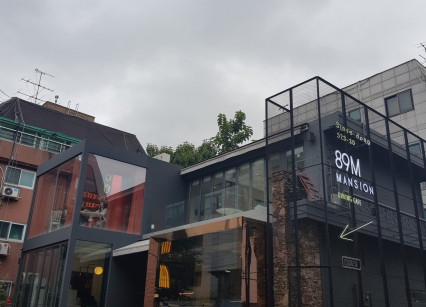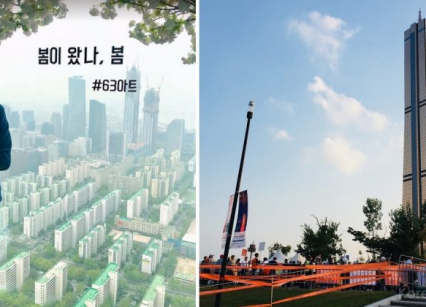Do you have a keen interest in Korean intangible cultural heritage? Or are you a lover of Korean traditional arts and crafts? If yes, National Intangible Heritage Center will be a perfect destination for you!

What is Intangible Cultural Heritage?
I am sure there are some of you who are new to the word ‘Intangible Cultural Heritage’. Intangible cultural heritage of a society is its past, present and future. Intangible cultural heritage is a living thing. It is transforming as it passes down through generations, connecting subsequent generations with their cultural past while adapting to the new era.
You can check out the list of Intangible Cultural Heritage of Humanity for Korea here.
About the National Intangible Heritage Center
National Intangible Heritage Center is the first complex administrative institution in Korea. The objective is to preserve and transmit valuable intangible heritages, which are embedded with the Korean people’s wisdom and spirit. Here, visitors can learn how intangible heritage is protected and transmitted. They can also enjoy the extensive collection of intangible heritage from all around the world.
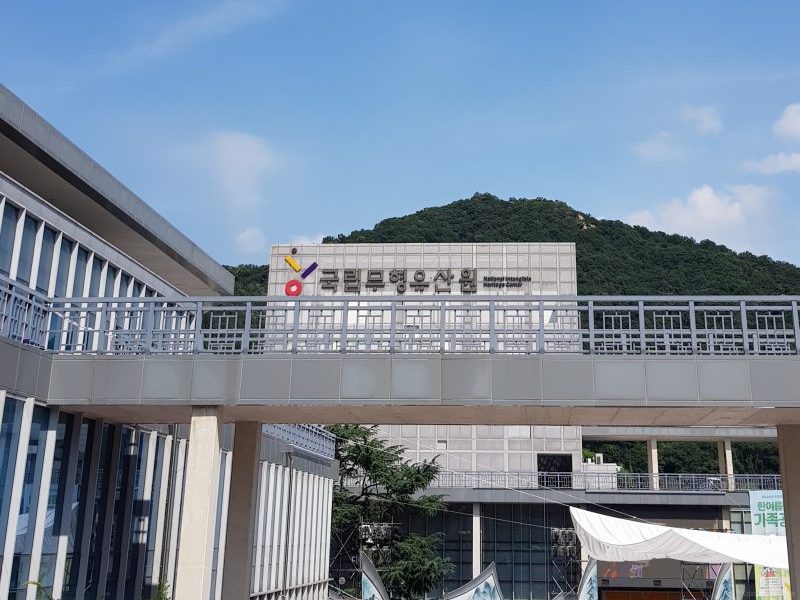
Highlights
Permanent Exhibition Halls
The Permanent Exhibition Halls are the place where information and knowledge related to intangible heritages are exhibited.
Permanent Exhibition Hall 1
The Permanent Exhibition Hall 1 explains the importance of intangible cultural heritage and displays various past items and artifacts.
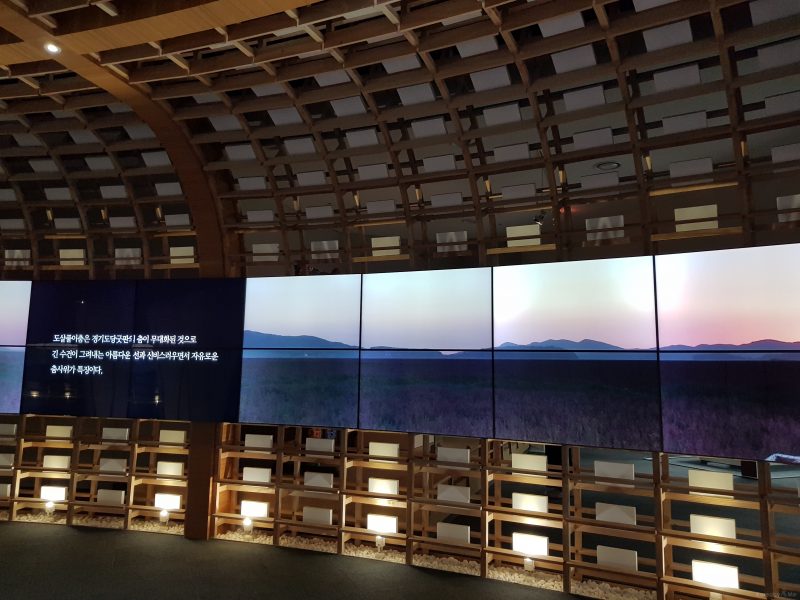
The paranomic screening shows scenes of natural environment of Korea as well as intangible heritage that makes use natural materials.

The circular space exhibits different categories of intangible cultural heritage.
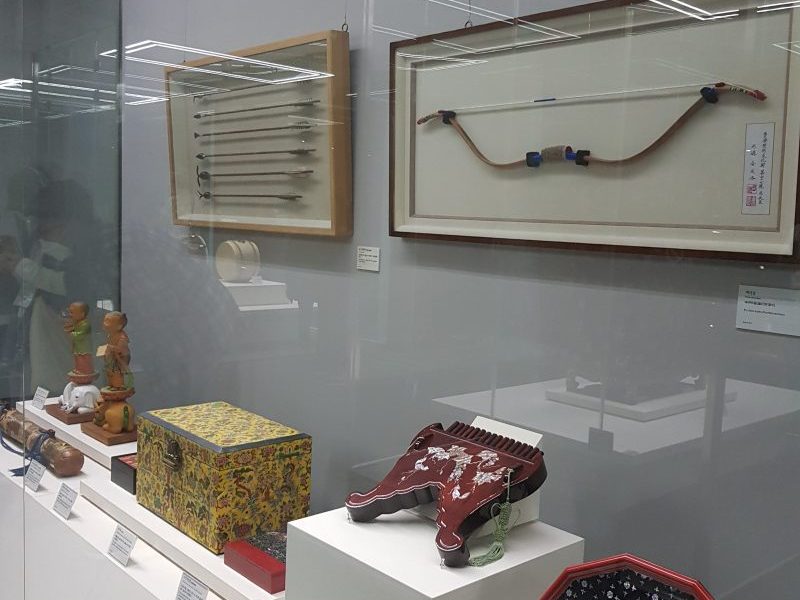
Exhibitions related to artifacts and tools by heritage field can also be found here.
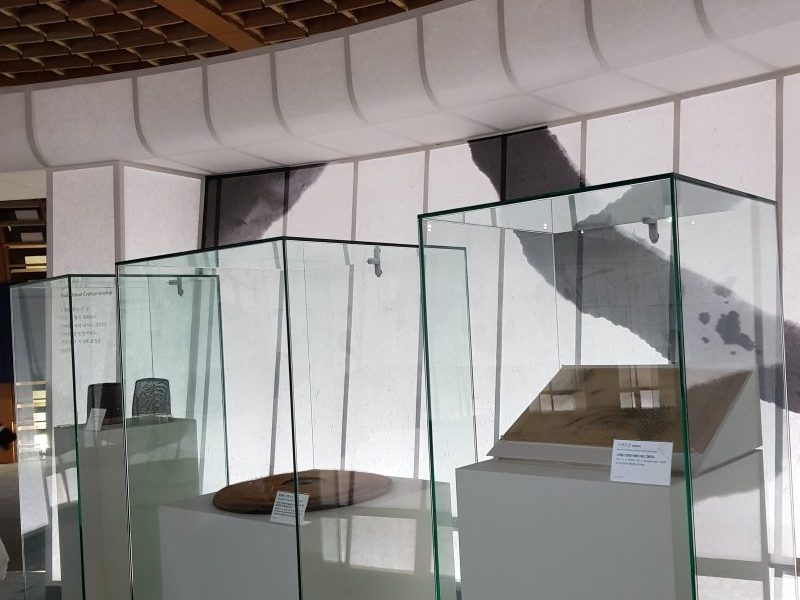
The photo below shows a Nokwonsam (Green Ceremorial Robe). The robe was worn by royal princesses, daughters of the king by a concubine, court ladies as well as noble woman. Particularly, there are gold leaf decorations on Wonsam for ladies, which represents the dignity and authority of royal power.
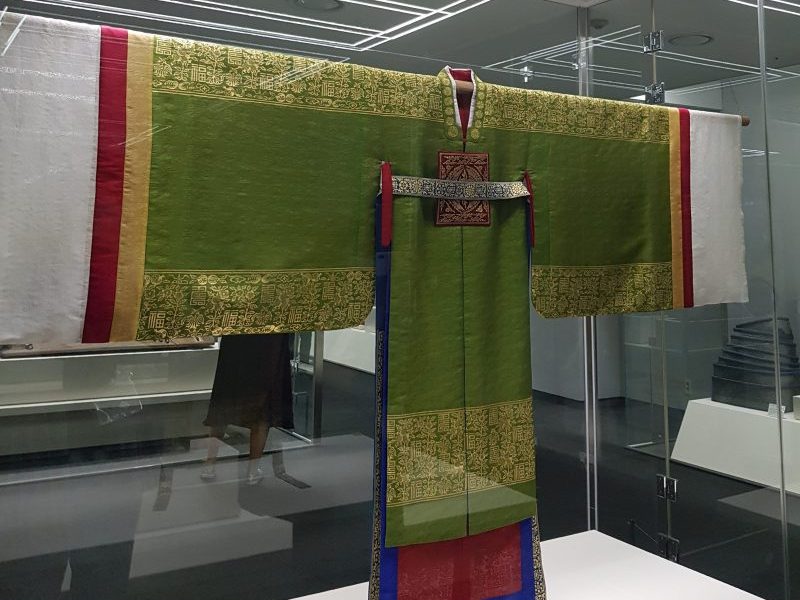
Permanent Exhibition Hall 2
The Permanent Exhibition Hall 2 is mainly focus on traditional crafts and performing arts.
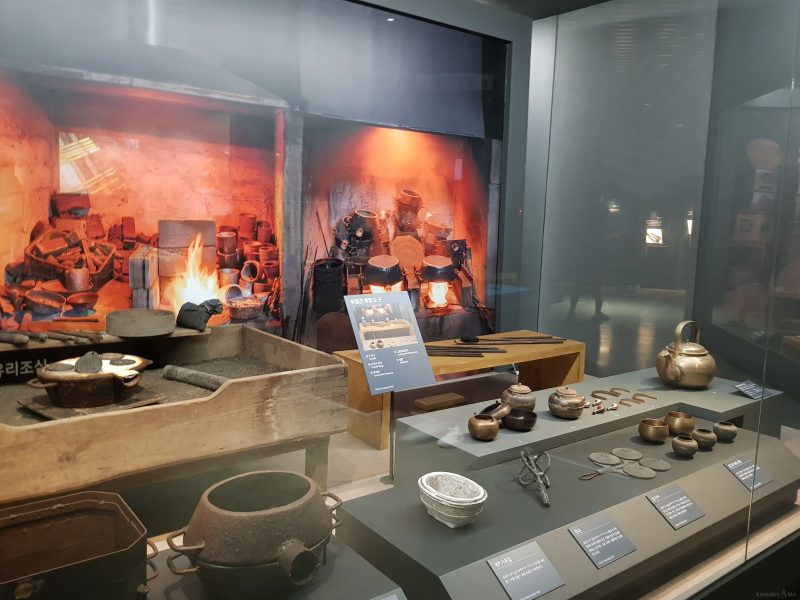
The hall features an exhibition of the works of the first masters of intangible cultural heritage in the technical field.

Grand Performance Hall
The Grand Performance Hall is where which public can enjoy the performances of intangible heritages. I watched a performance named “Stage of Harmony”. It is a Talk Concert organized by the foreigners residing in Korea who are enthusiastic about Korean’s traditional art. The performance featured traditional perfarmance arts such as Pansori, Gayaguem and Gyeonggi Minyo (Folk Song of Gyeonggi Area). Unfortunately, photography and video recording are not allowed throughout the performance so I could not put on any photos here.
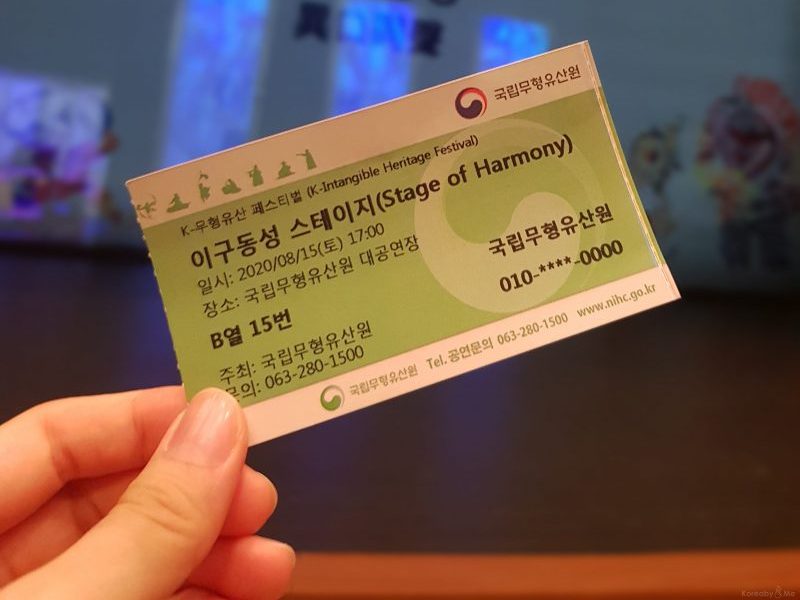
Korean Traditional Craft Experience
Visitors can also try out Korean traditional craft here. I got an opportunity to try out the Korean traditional quilting called Nubi. It is not easy at all and requires a lot of patience.
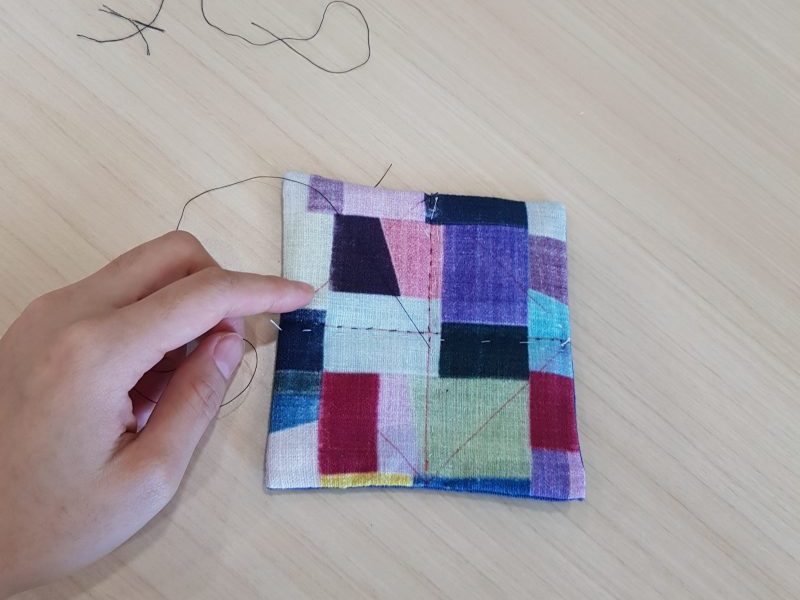
They also displayed Some applications of Nubi in front of the hall.
Stage of Connection
Besides traditional performances, various performances featuring collaboration between tradition and modernity are also presented at the Courtyard Outdoor Stage.
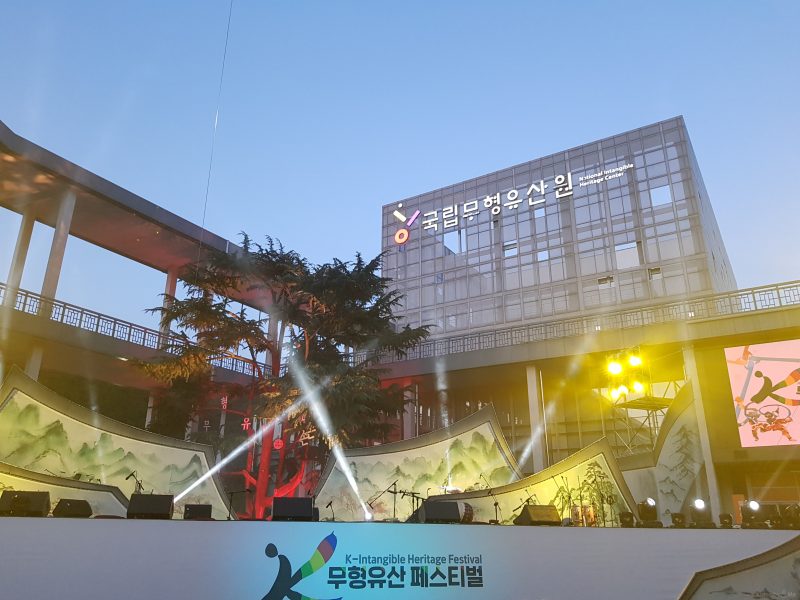
The performance looked thrill and amazing. Isn’t it?
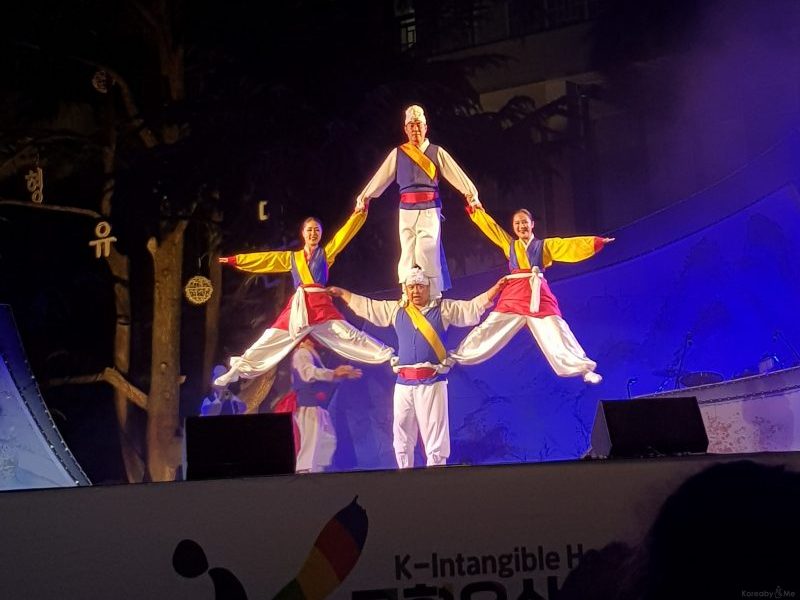
I could not take my eyes away from the performance.

2nd Moon and Kim Joon Soo and Chae Soo Yeon – A collaboration of a Gugak idol group and an ethnic fusion band
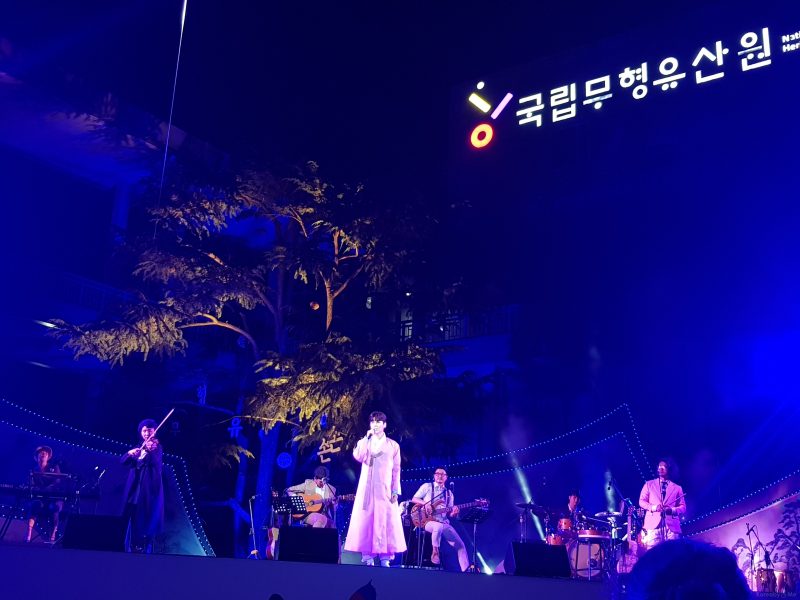
Yooheeska- A collaboration between Jamaican music and Gugak
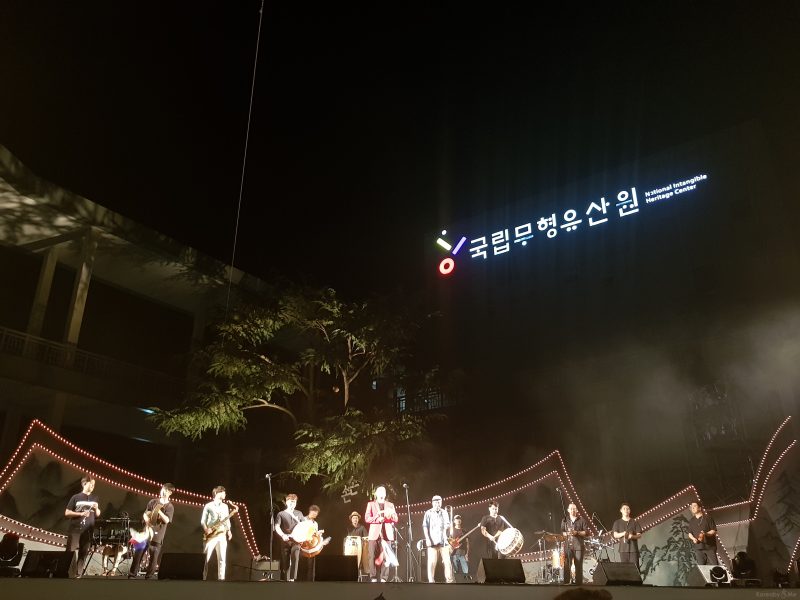
Experience and Reviews
Overall, I enjoy my visit to the National Intangible Heritage Center very much. I can’t deny that the National Intangible Heritage Center really does a really good job in creating a communicative and open space where everyone can easily learn and appreciate the Korean intangible cultural heritage.
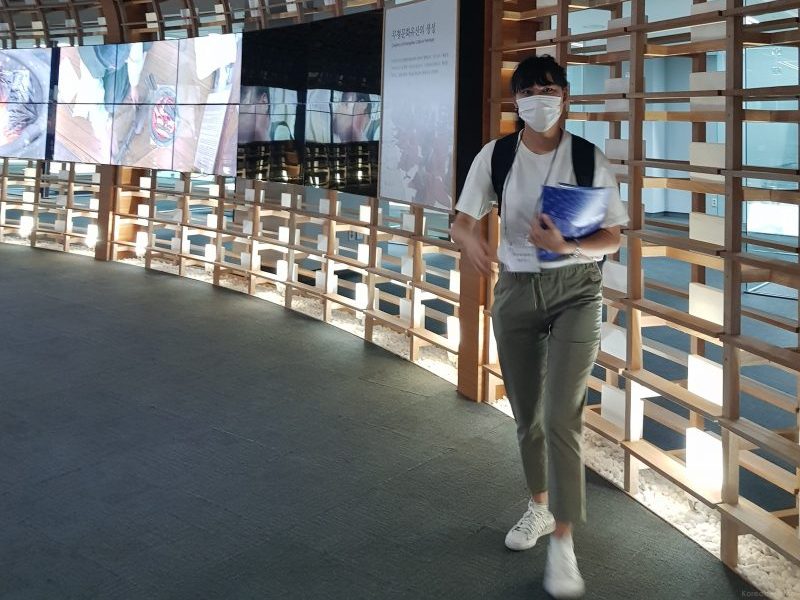
Operating Hours: The National Intangible Heritage Center is close on Monday.
Admission Fee: Free
How to get there?
- From Jeonju Express Bus Terminal or Jeonju Intercity Bus Terminal
- No. 1000(Express Bus Terminal or Intercity Bus Terminal Namgosa Temple)
- No. 190(Geumam Branch of KB Bank – Namgosa Temple)
- No. 429, 725, 752, 785(Geumam Branch of KB Bank NIHC)
- From Jeonju Station
- No. 1000(Jeonju Station Cheotmajung-gil → Namgosa Temple)
- By Taxi, about 20min
Address: 95 Seohak-ro, Wansan gu, Jeonju si, Jeollabuk do.
Read More: Exploring Jeonju Hanok Village


